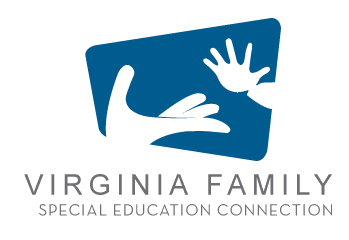Resources to Support Play for All Young Children (Natural Resources Listserv: March 2024)
Description:
The focus of the March 2024 Natural Resources listserv is play for each and every child and family.
Contact(s):
Link(s):
When we focus on a child’s strengths, interests, and areas in which they need more support, play offers rich opportunities for kids to participate in a challenge level that is right for them. This Playbook includes activities with step-by-step instructions, a summary of each activity’s play benefits, activity alternatives, and challenge boosters.
Through games and playful activities, children can practice and strengthen important executive function skills that will help them throughout their lives, including learning to focus their attention, strengthening their working memory, and developing basic self-control. This handout series provides games and play-based activities based on a child’s age. The activities for younger children are designed for adults to engage in with children. Activities for later ages allow the adults to step back, enabling children’s independence to blossom as they transition to playing more often with peers.
This clinical report provides clear documentation for how “developmentally appropriate play with parents and peers is a singular opportunity to promote the social-emotional, cognitive, language, and self-regulation skills that build executive function and a prosocial brain.”
This article was crafted to put “playful learning – rich curriculum coupled with playful pedagogy – front and center as a model for all early childhood educators.” It illustrates the ways in which play and learning mutually support one another and stresses that play “is a teaching practice that optimally facilitates young children’s development and learning.”
Messy play builds foundational skills that are crucial for children's later development. It is one of the most important kinds of early learning experiences we can offer to infants and toddlers. Find the most up-to-date information to answer three prompts: “What does research say?”; “What does it look like?”; and “Try this!” There’s also an accompanying resource, Connecting at Home, which includes easy-to-try tips to help families offer messy play experiences at home.
Just a reminder to make sure that each and every child gets the opportunity to play.
Natural Resources is a free, monthly, one-way listserv. Each issue features readily available and free resources on a specific topic related to children from birth through age 8 and their families. Some resources are in Spanish. Los recursos destacados están en español.





